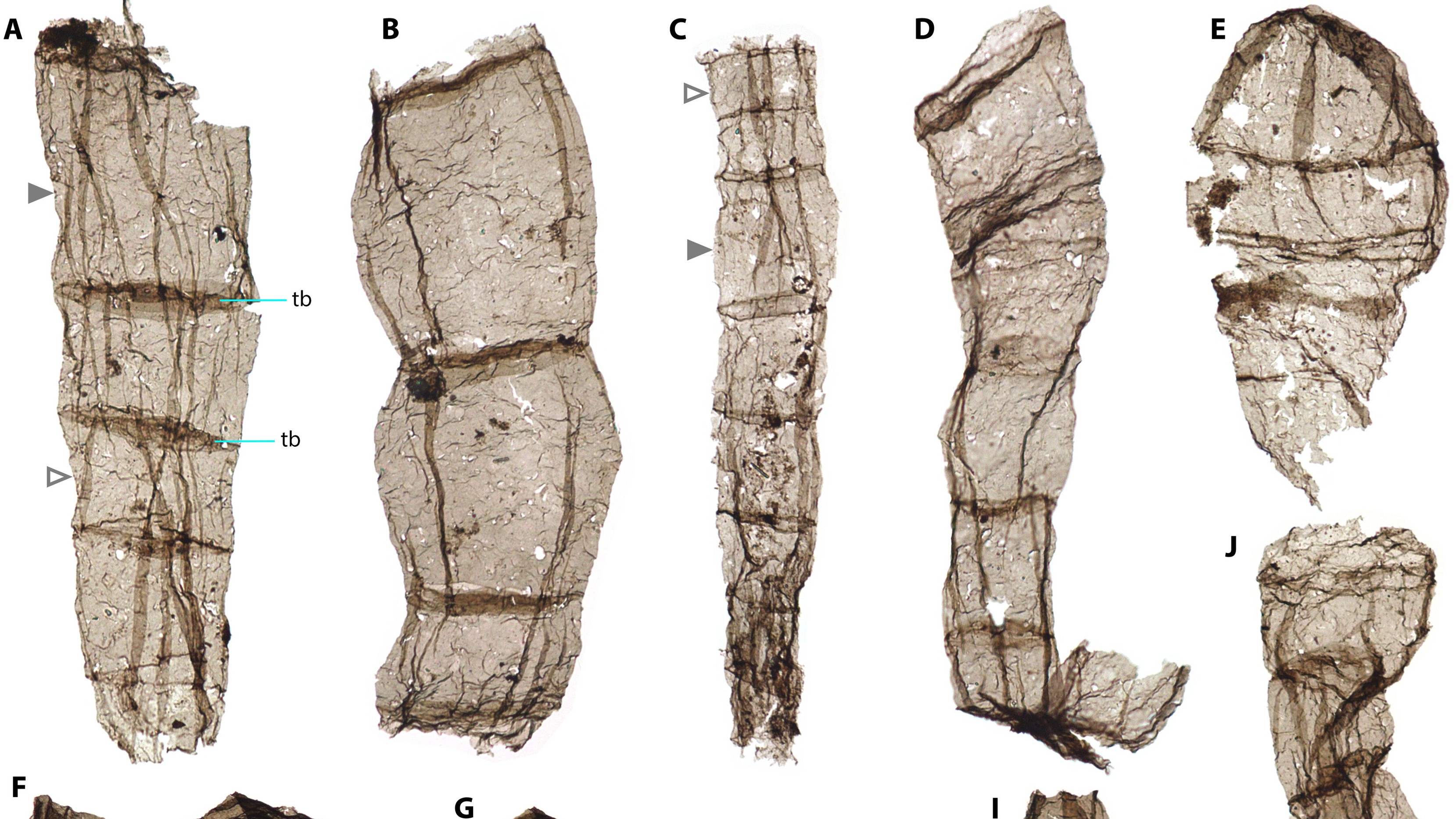Spiders lace webs in toxins to paralyze prey

Luciano Marra from São Paulo, Brasil - Aranha de Teia (Nephila clavipes), CC BY-SA 2.0
- A new study suggests some spiders might lace their webs with neurotoxins similar to the ones in their venom.
- The toxins were shown to be effective at paralyzing insects injected with them.
- Previous studies showed that other spiders lace their webs with chemicals that repel large insects.
Everybody knows how spiders catch bugs to eat. They weave a sticky web and wait for something to land in it. These webs are remarkably tough, elastic, and have been the focus of engineers hoping to replicate their properties for years. It all seems rather straightforward, as trap setting goes.
But in a twist that will send a chill down the spine of arachnophobes, a new study suggests that some spiderwebs assure their prey won’t get away by adding neurotoxins to their webs.
Resisting the Urge to Smush a Spider
The study, published in the Journal of Proteome Research, was carried out by Biochemical Ecologist Mario Palma of the University of São Paulo State, their Ph.D. student, Franciele Esteves, and their colleagues. They focused on the webs of the striking T. clavipes, also known as the Banana Spider.
These spiders are orb weavers, known for their complex and often large webs. They can have up to seven glands that produce silk for various purposes, including catching prey, shielding themselves, protecting their eggs, mating rituals, and making webbing to walk on.
The researchers examined the spiders’ various web producing glands. This revealed a spectrum of neurotoxin-like proteins not dissimilar to those found in the spider’s venom present on the silk. On the web, these proteins are suspended in oily, fatty acids.
Following up on this discovery, they tested the proteins’ effectiveness on insects. Most of those test subjects were paralyzed less than a minute after exposure, and a few died. These experiences relied on the injection of the proteins rather than on absorption but did demonstrate their capacity. Further tests showed that the fatty acids the proteins reside in could allow them to enter the body of prey insects.
Previous studies demonstrated that some spiders can add certain chemicals to their webs to repel larger insects which could cause the spider trouble. So, the idea that some spiders are adding another chemical to the mix, this time to cause paralysis, isn’t too far-fetched.
However, some scientists aren’t so sure about all this. They call for further study into the mechanism of action to demonstrate that these proteins cause paralysis and rule out potential other applications.
So, those of you who like animal facts can take pride in knowing that spider webs sometimes have poison in them to stun their prey. Those of you who are terrified of spiders can fear the same information. Either way, walking into a spider web just got even less pleasant.





